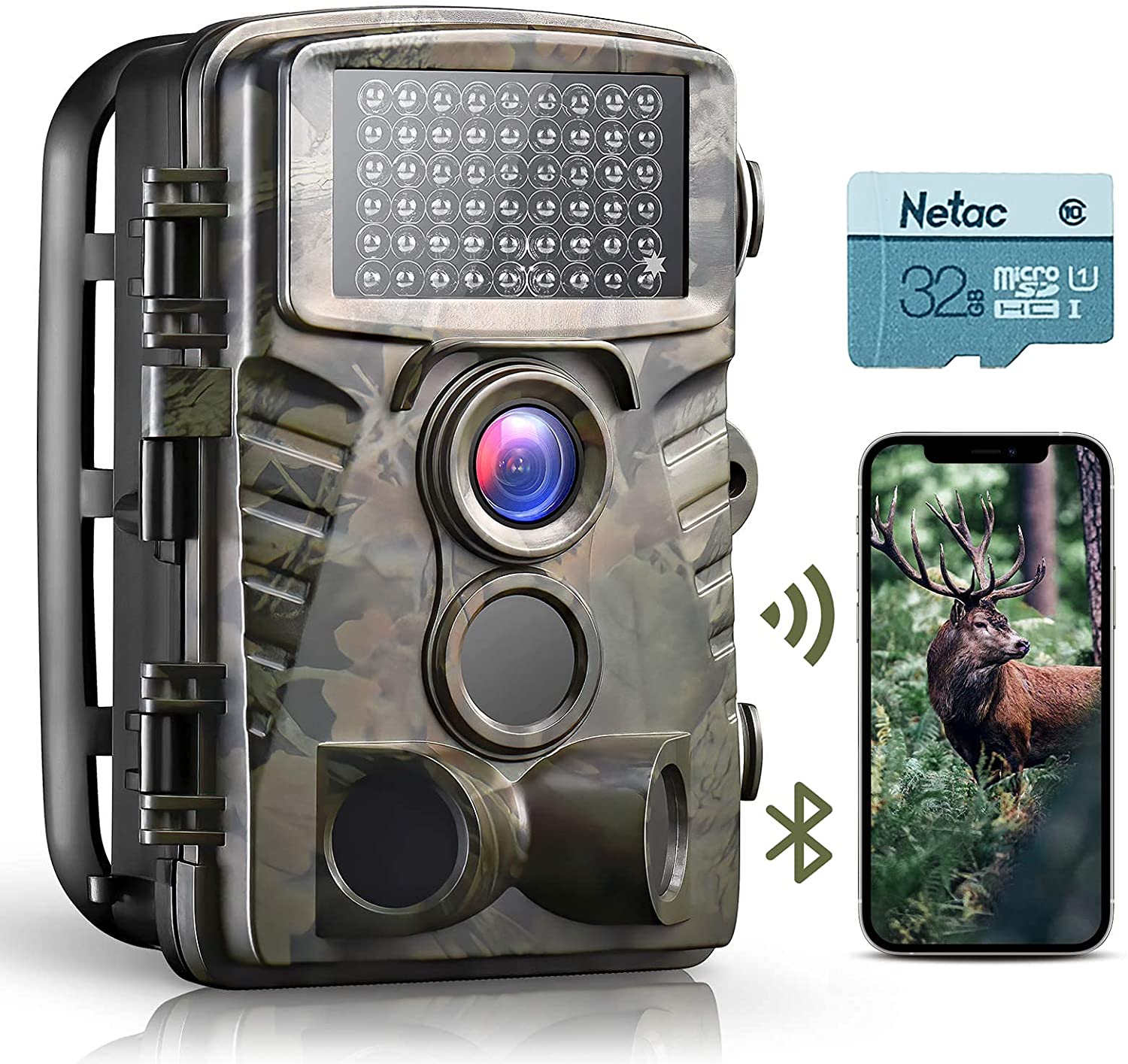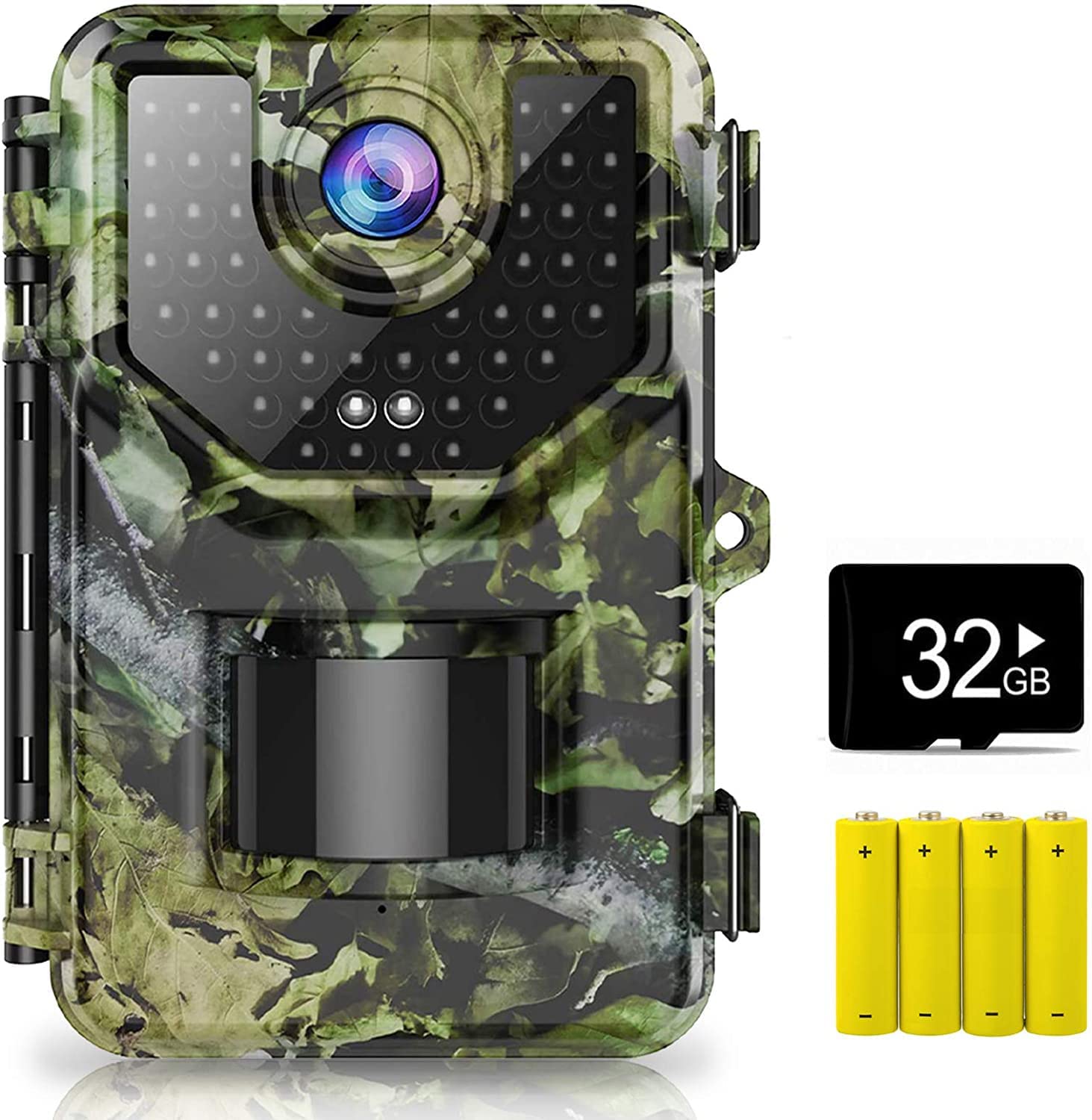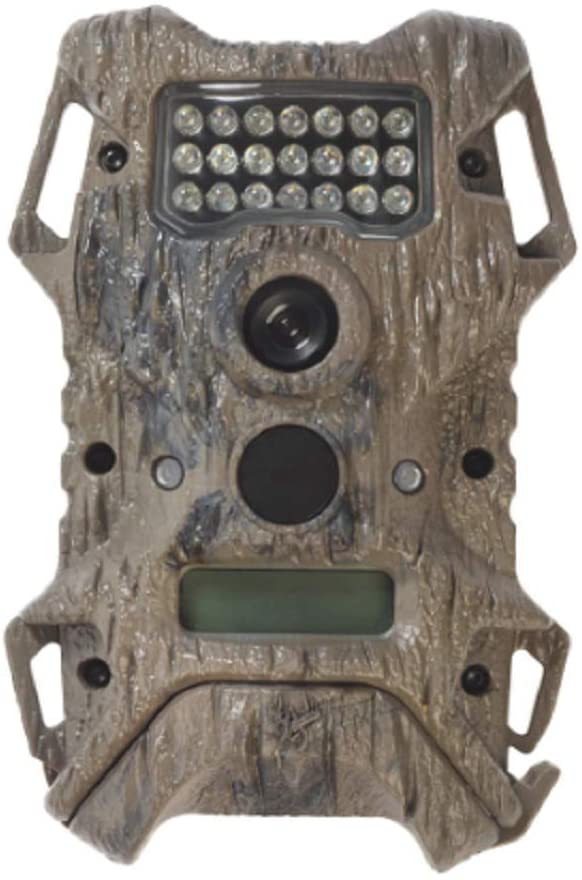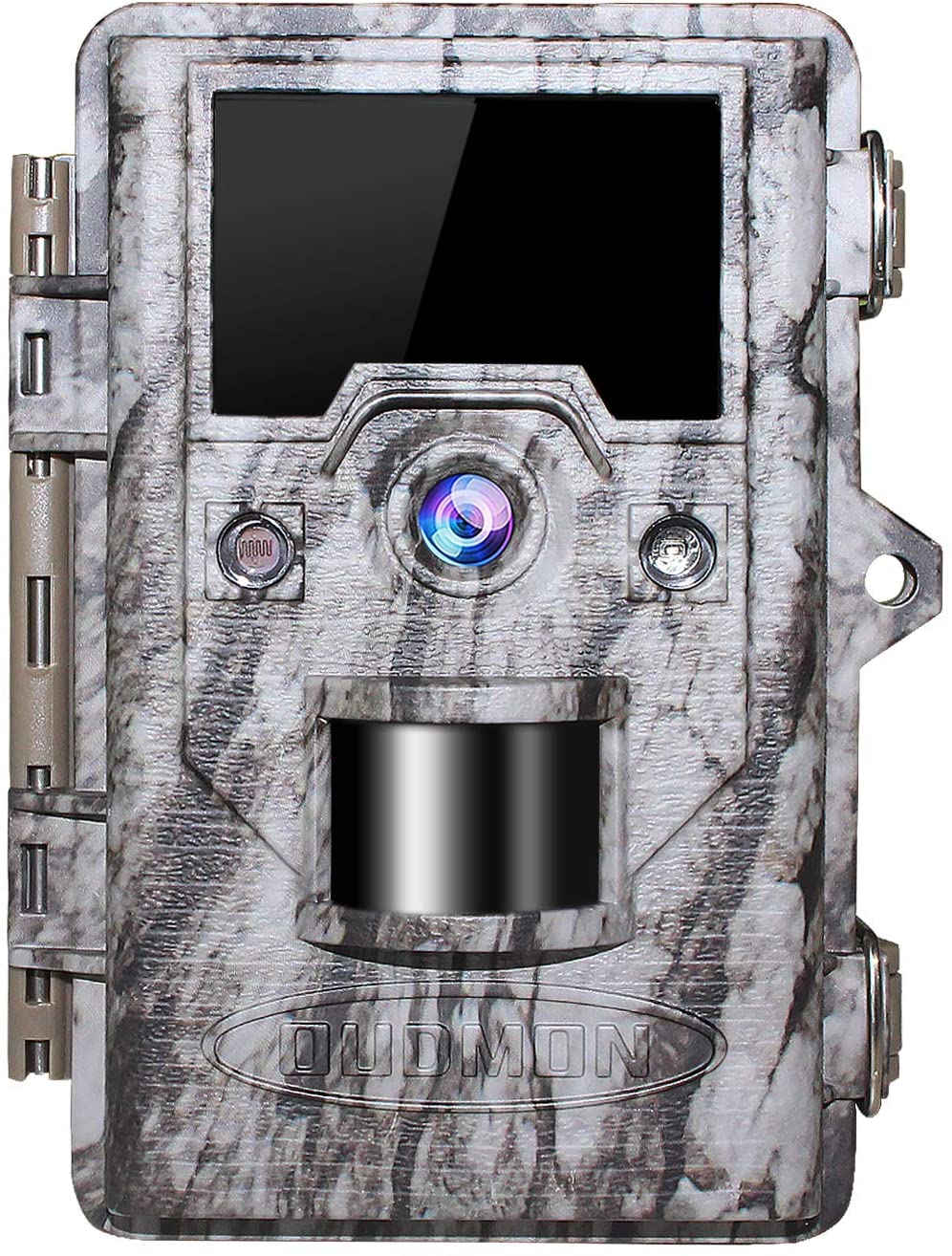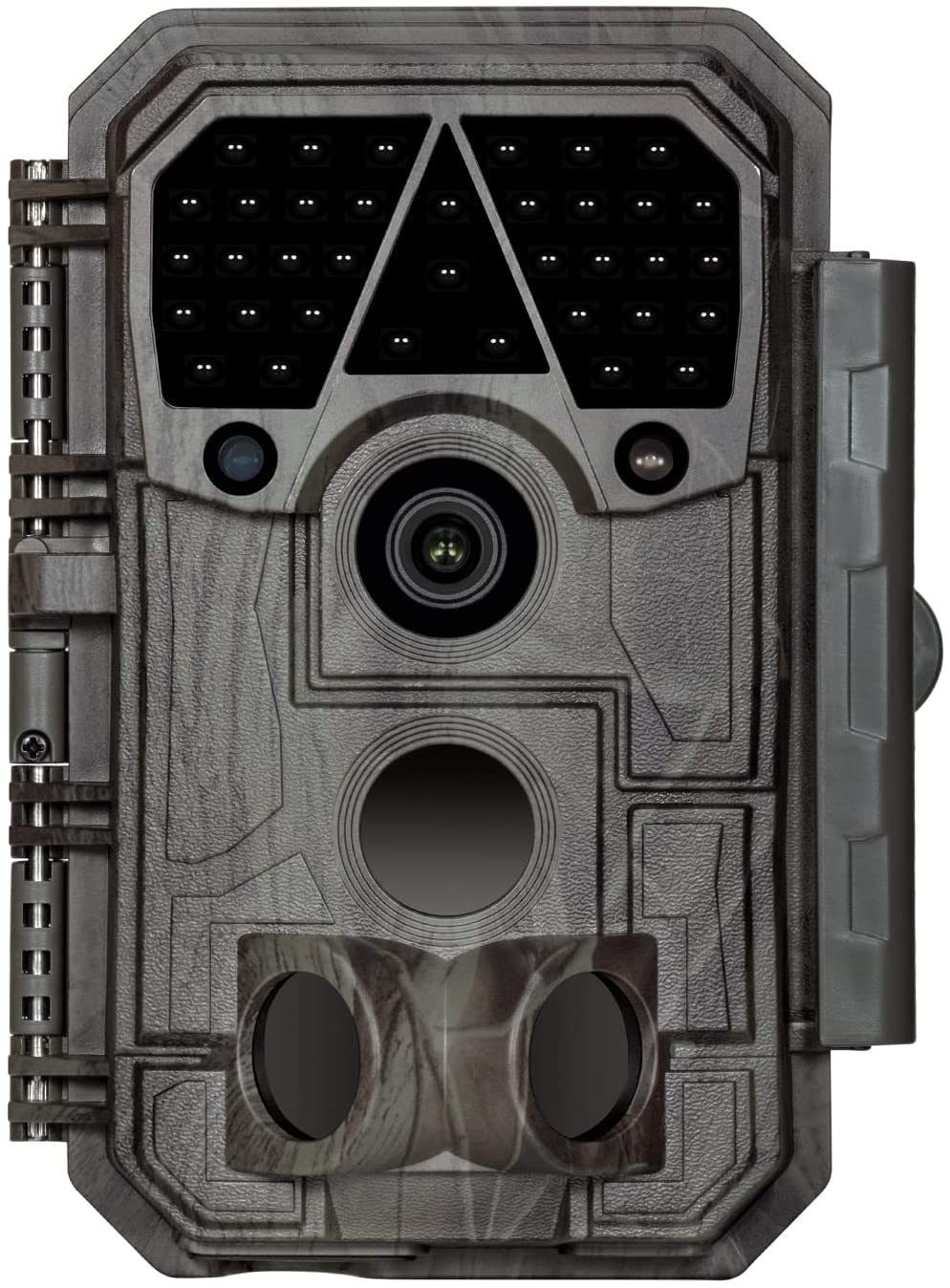Dsoon Bluetooth & WiFi Compatible Deer Camera
Last updated: October 13, 2023
Thanks to the company's app and the built-in Wi-Fi, you'll be able to view images and videos from this deer camera on your phone. With a trigger speed of just .2 seconds, you'll capture even the quickest moving wildlife. Since the camera is weatherproof and has a battery life of up to 1 year, you can set it up and leave it for the entire hunting season.
We looked at the top Deer Cameras and dug through the reviews from some of the most popular review sites. Through this analysis, we've determined the best Deer Camera you should buy.
Product Details
Key Takeaway: In addition to high-quality pictures, this deer camera also produces stunning audio.
In our analysis of 15 expert reviews, the Dsoon Bluetooth & WiFi Compatible Deer Camera placed 3rd when we looked at the top 5 products in the category. For the full ranking, see below.From The Manufacturer
Bluetooth and WiFi Wireless Connectivity Makes Storage and Set Up Easy: Dsoon WiFi trail camera grant you access camera from up to 80ft away. Use APP to view or download photos/videos(1.5 Mbps fast transmission) and change settings without need to uninstall trail camera or micro sd card. This feature is critical where the trail camera has been placed in hard-to-reach locations such as trees or ravines. (Compatible for iOS/Android/iPad/Tablet). 32 Megapixel Image & Native True 4K Video with Audio, Never Miss a Shot Day or Night: If you’re looking for the ultimate in image quality for your wildlife photography and videography then Dsoon 4K UHD hunting camera is an obvious choice. Built-in optimized sensors for the ultimate quality in image size and clarity, offering 3840×2160 pixels video and 6480*4860 photo in day and night. 0.2 Second Fast Trigger & 120 Degrees and 65ft Detection Range: Ultra fast trigger speed of 0.2s ensures you never miss fast moving game. There is not question that this is the fastest game camera on the market. You can also set the game camera to trigger multiple photos once its infrared system detects motion, allowing you to get a series of images in quick succession. With 120° detection angle and 65ft detection distance allows you to get excellent broader view. IP66 Waterproof & Battery Life up to 1 Year & Support Micro SD Card up to 512GB: The whole deer camera is built to IP66 waterproof specs for sustained reliability in any weather. With 1 Year standy time, this rugged camera could work long enough for a whole season record(Up to 60,000 photos on 1 set of alkaline batteries). To ensure that you have enough storage space to capture all your adventures, this wildlife camera compatible with 512G Micro SD Card.
